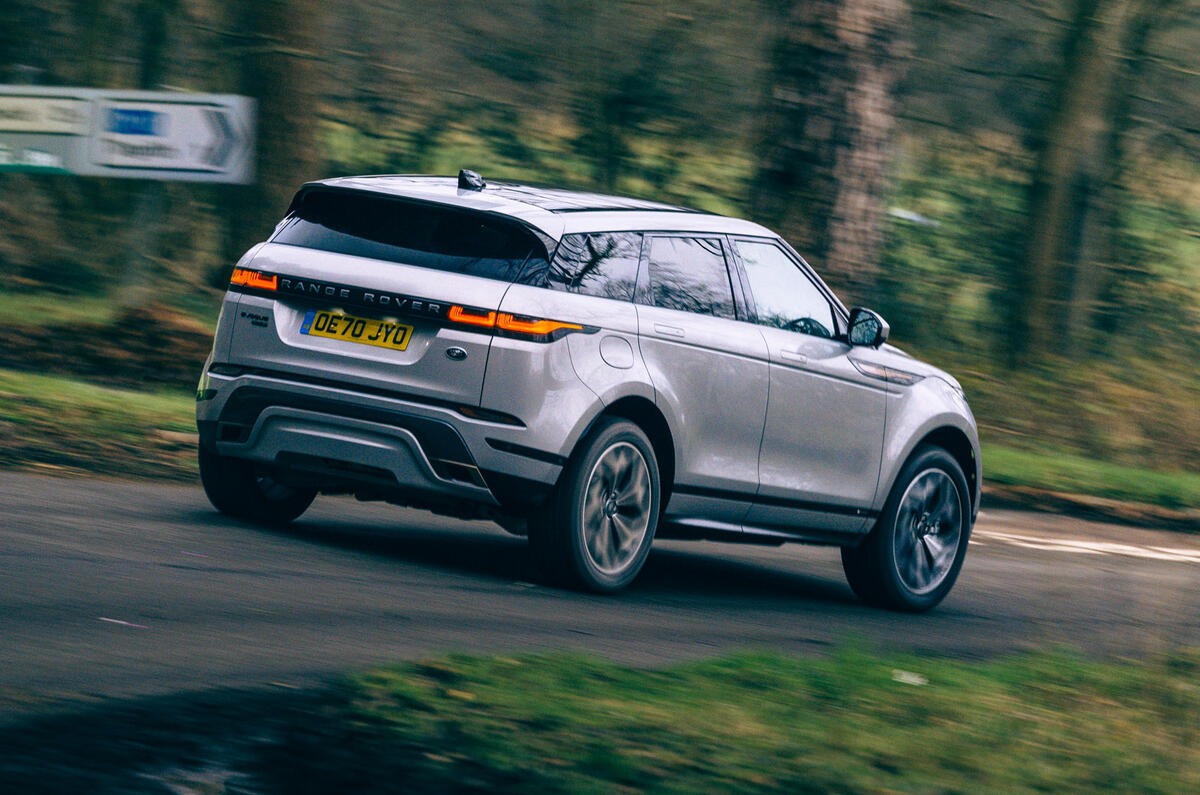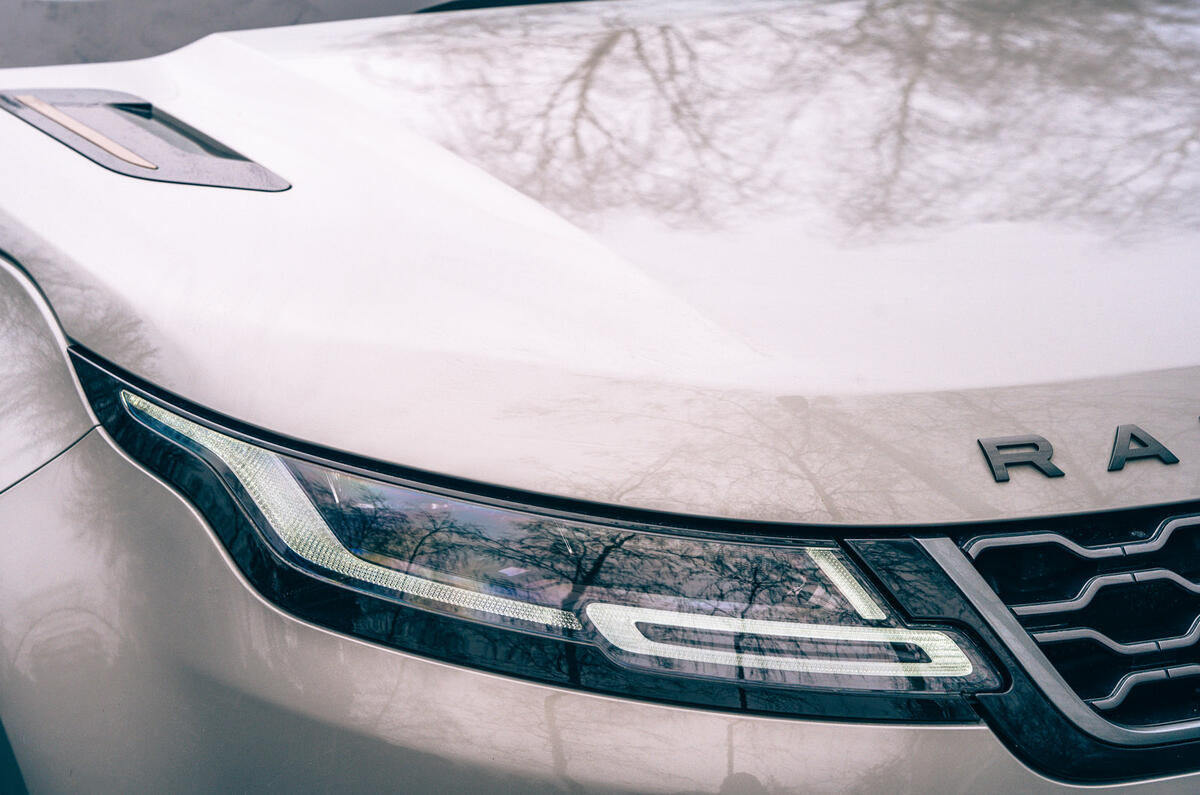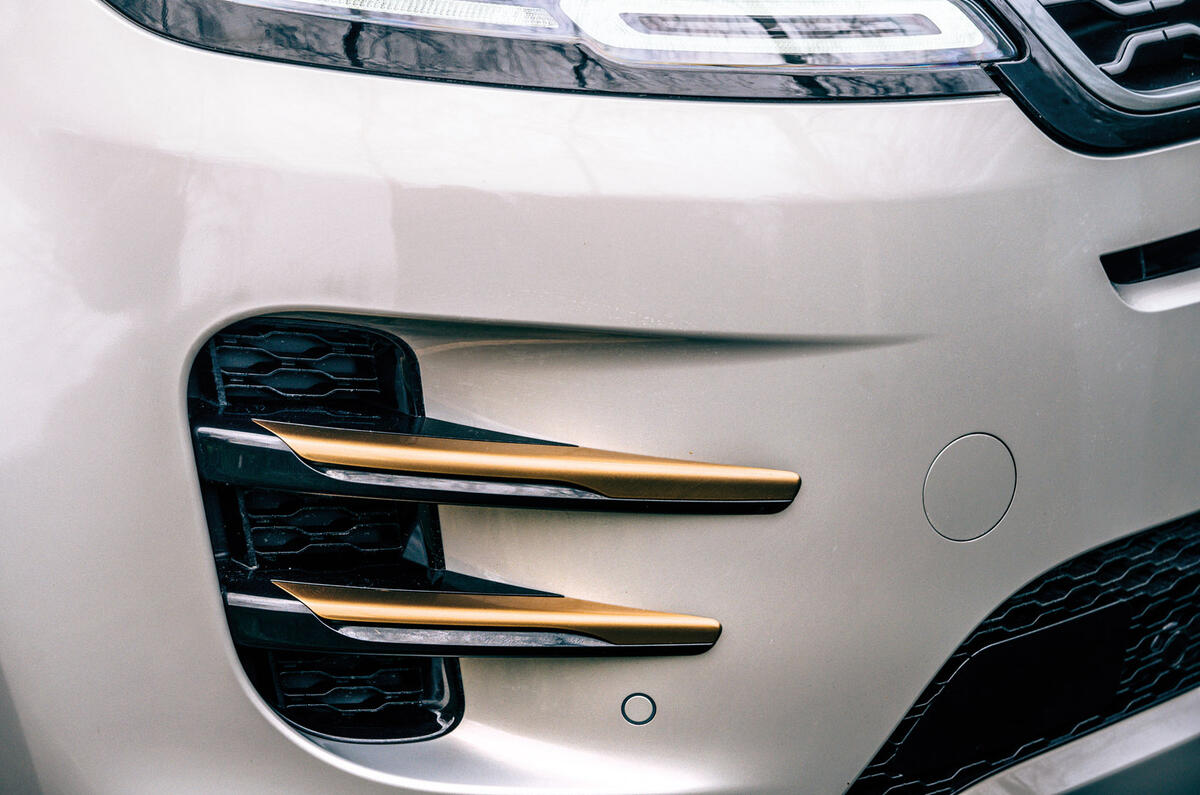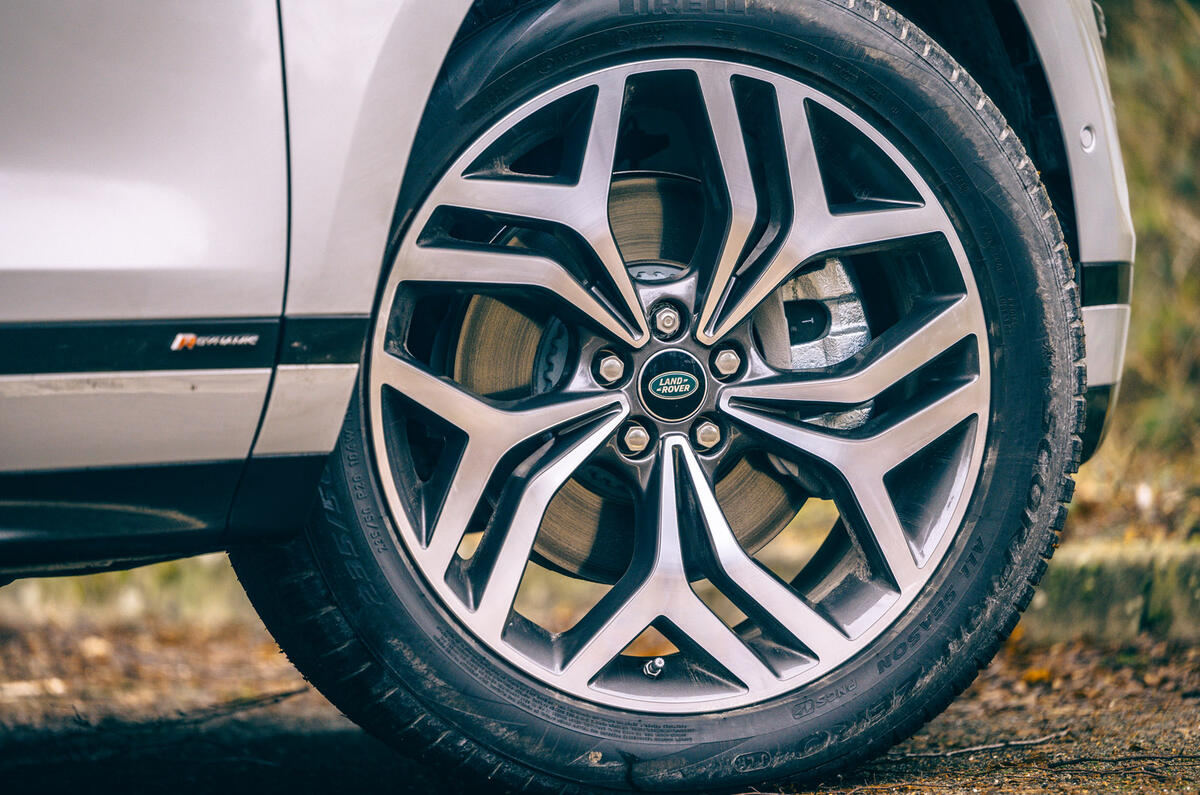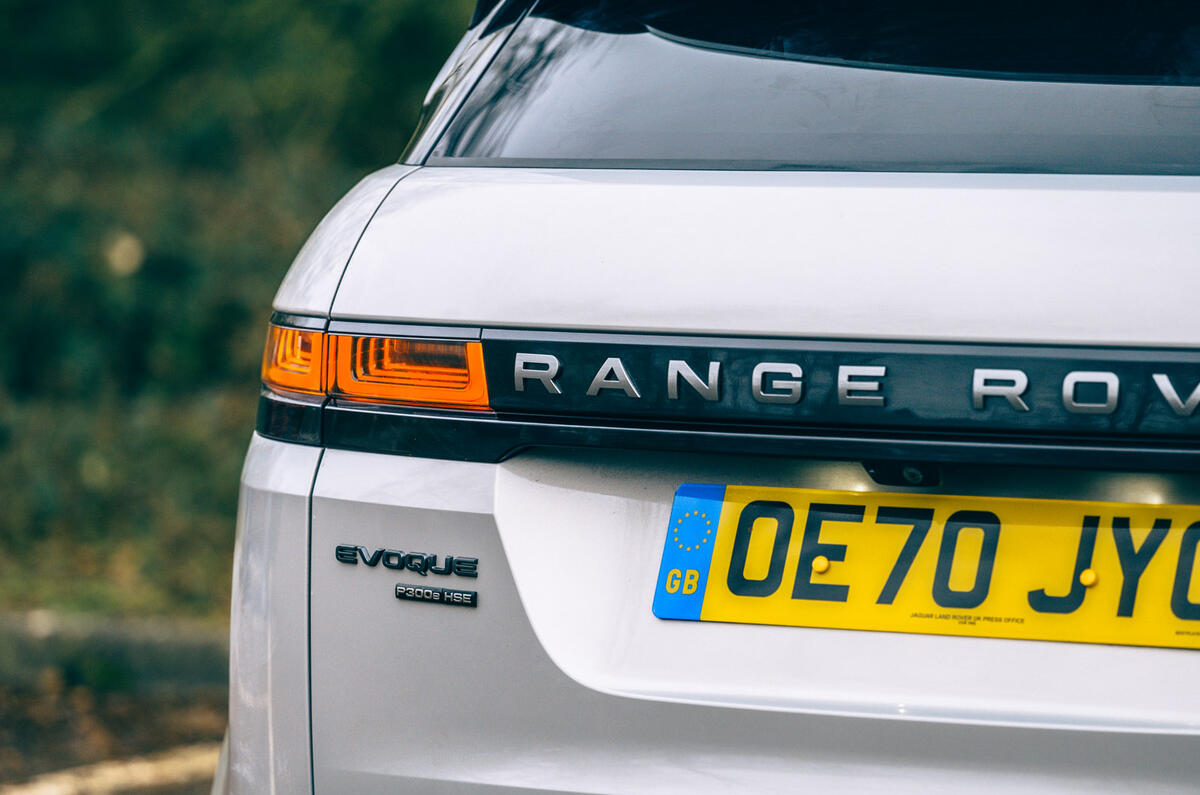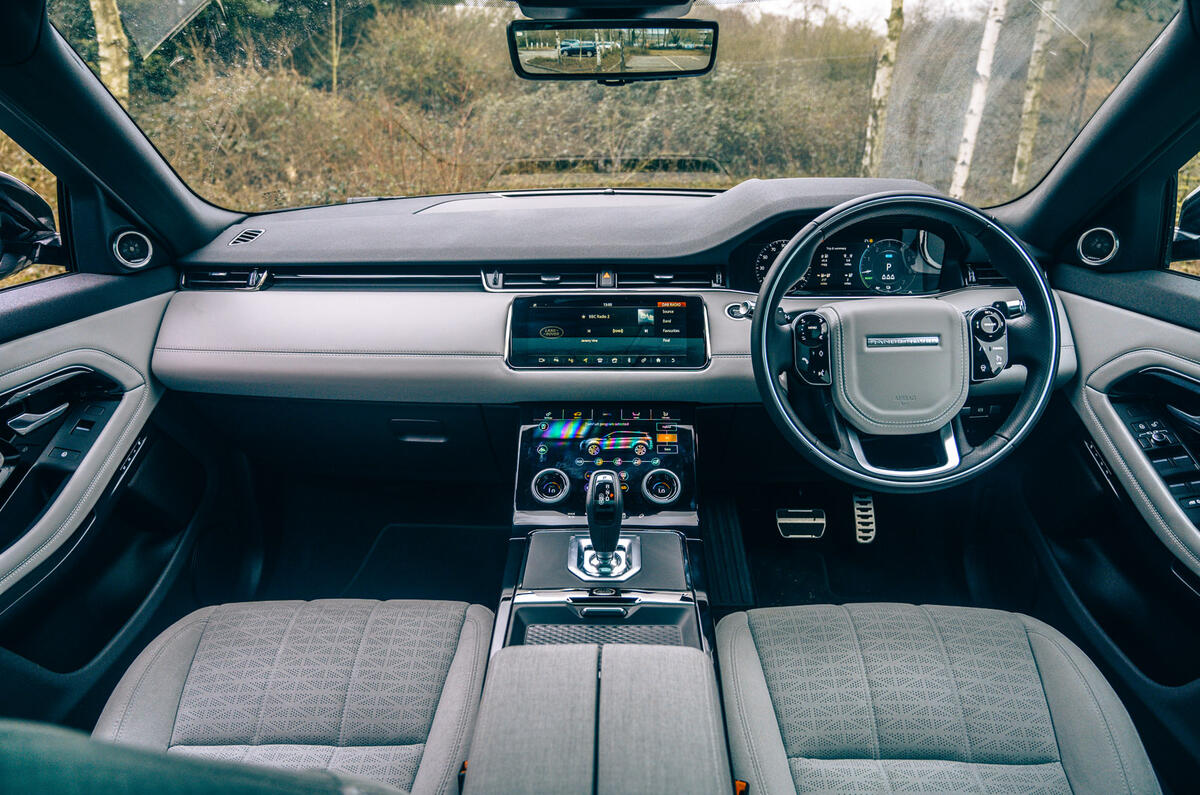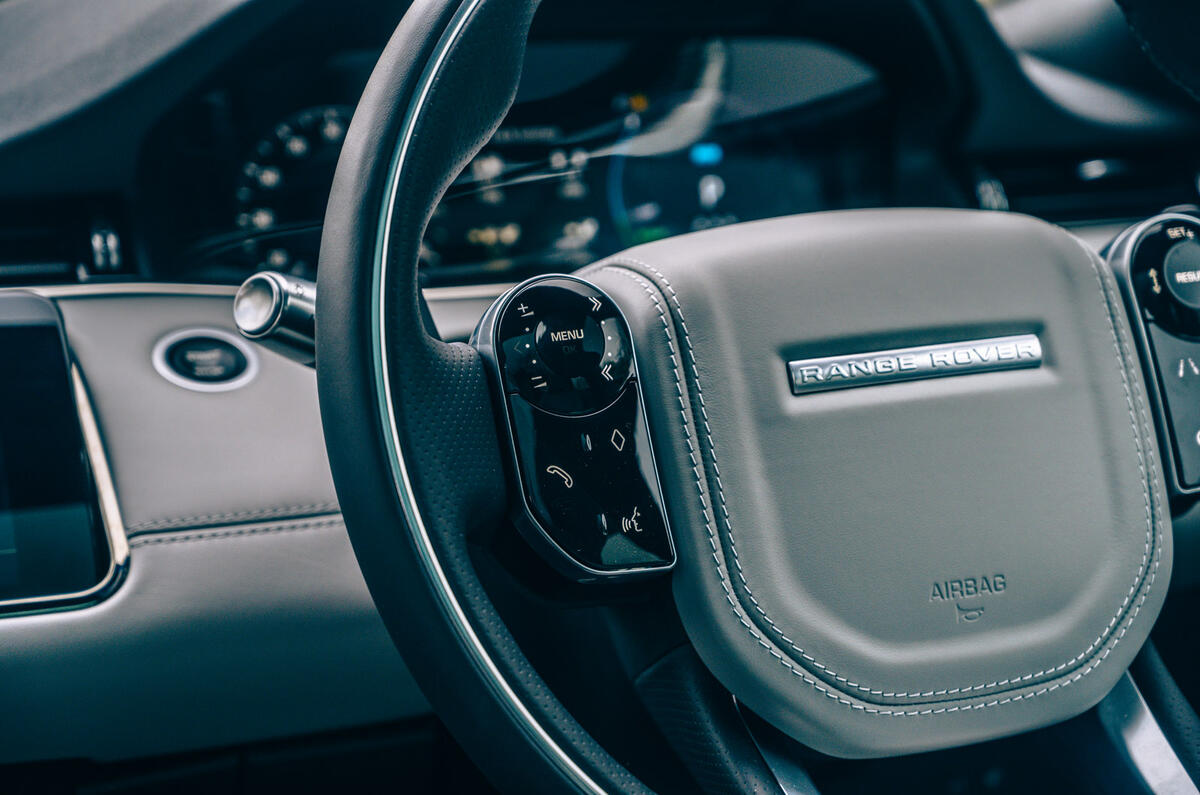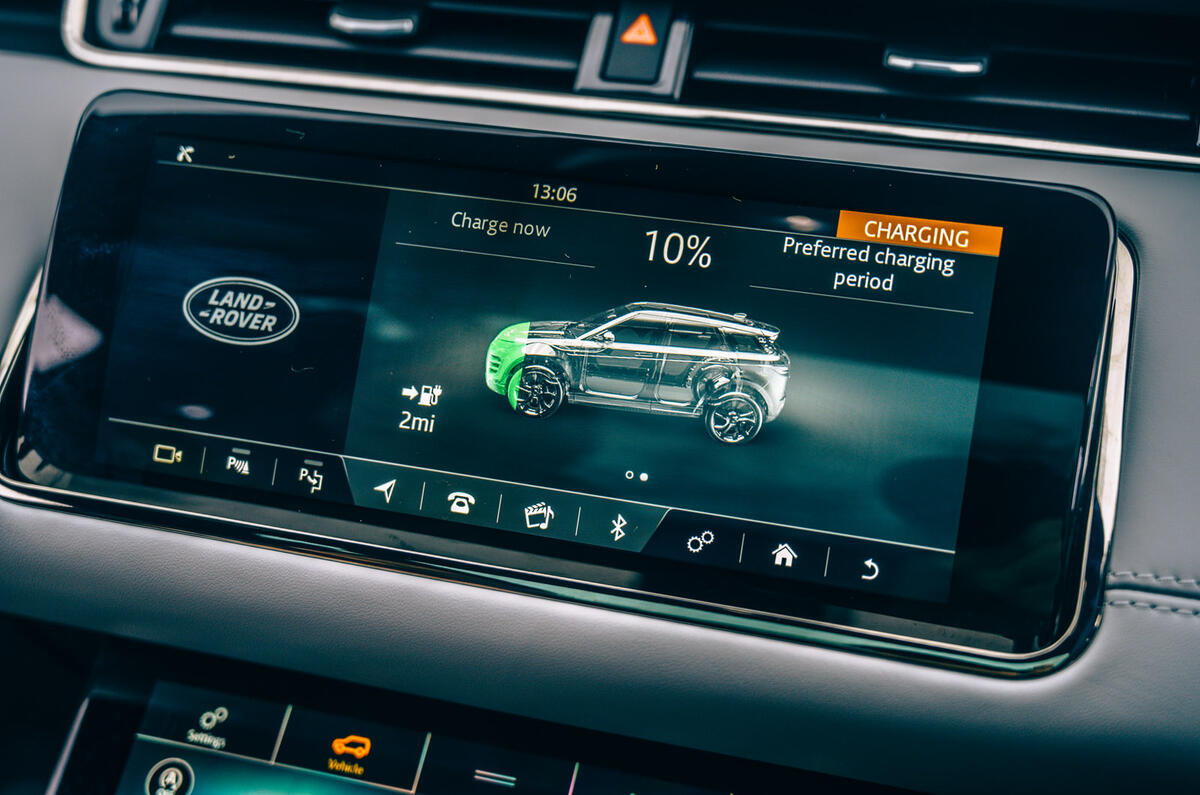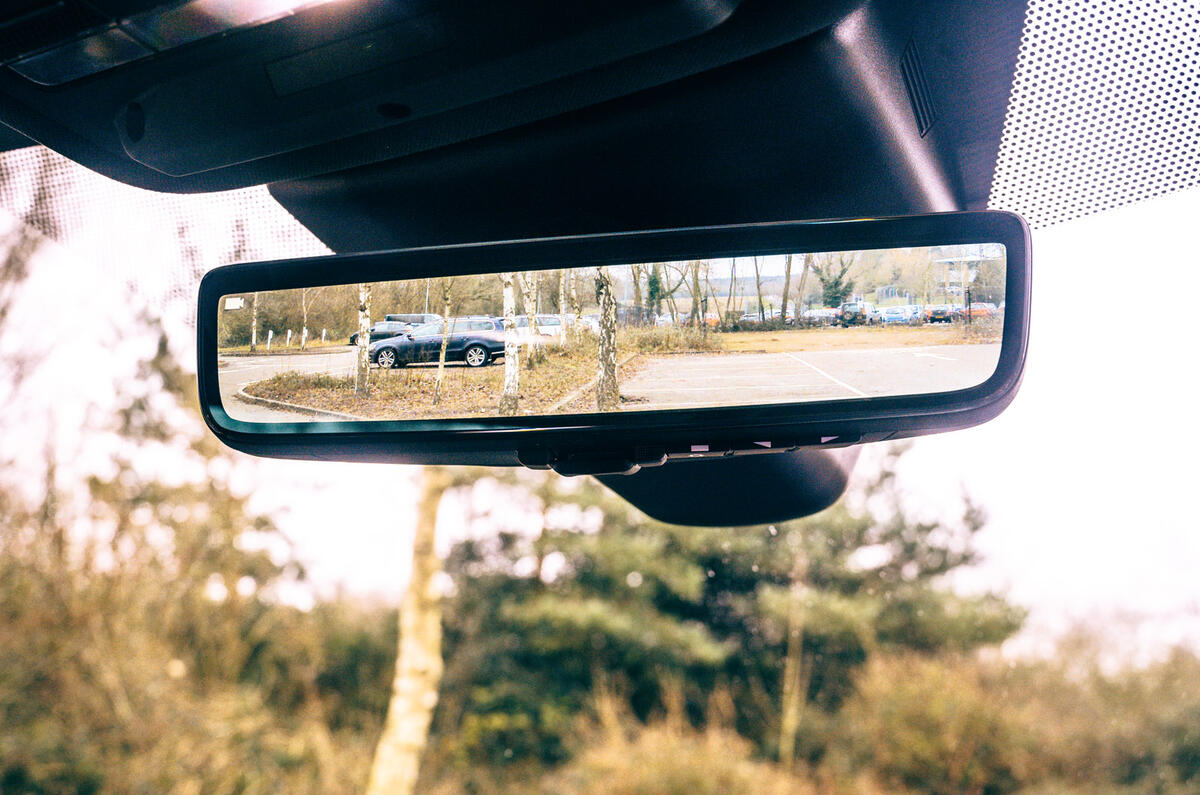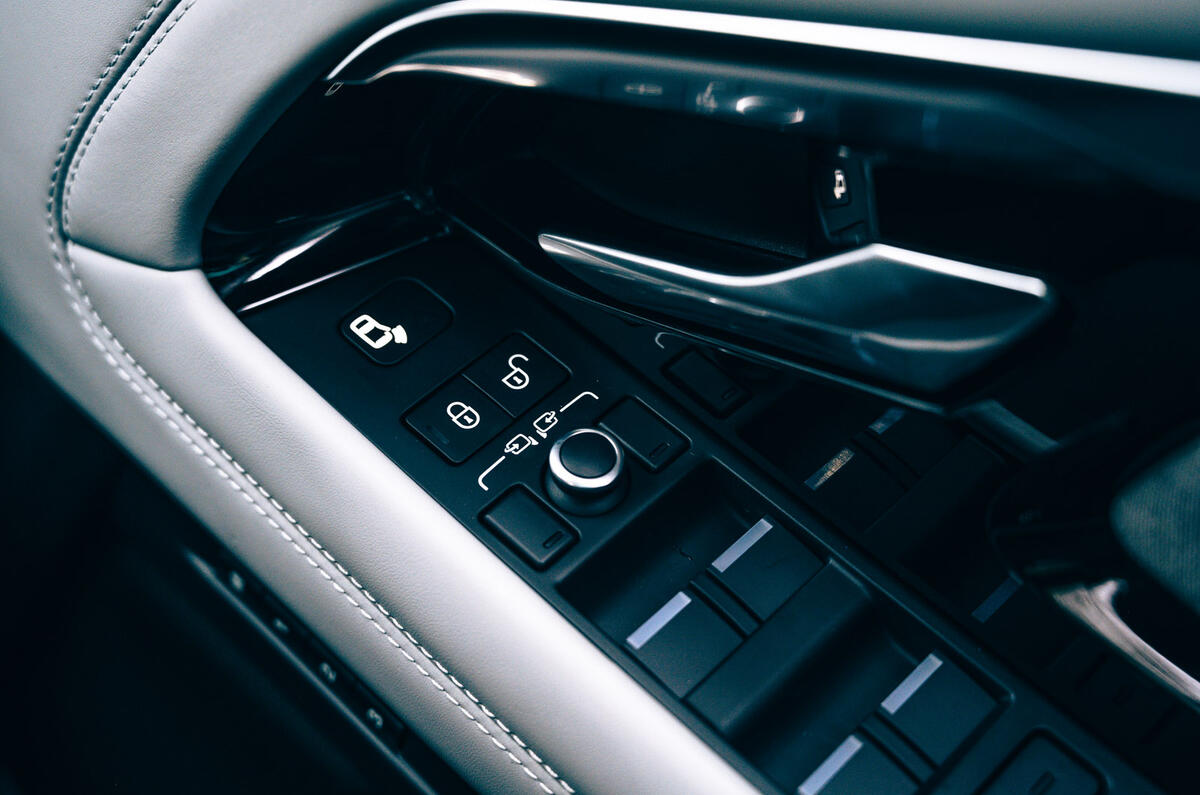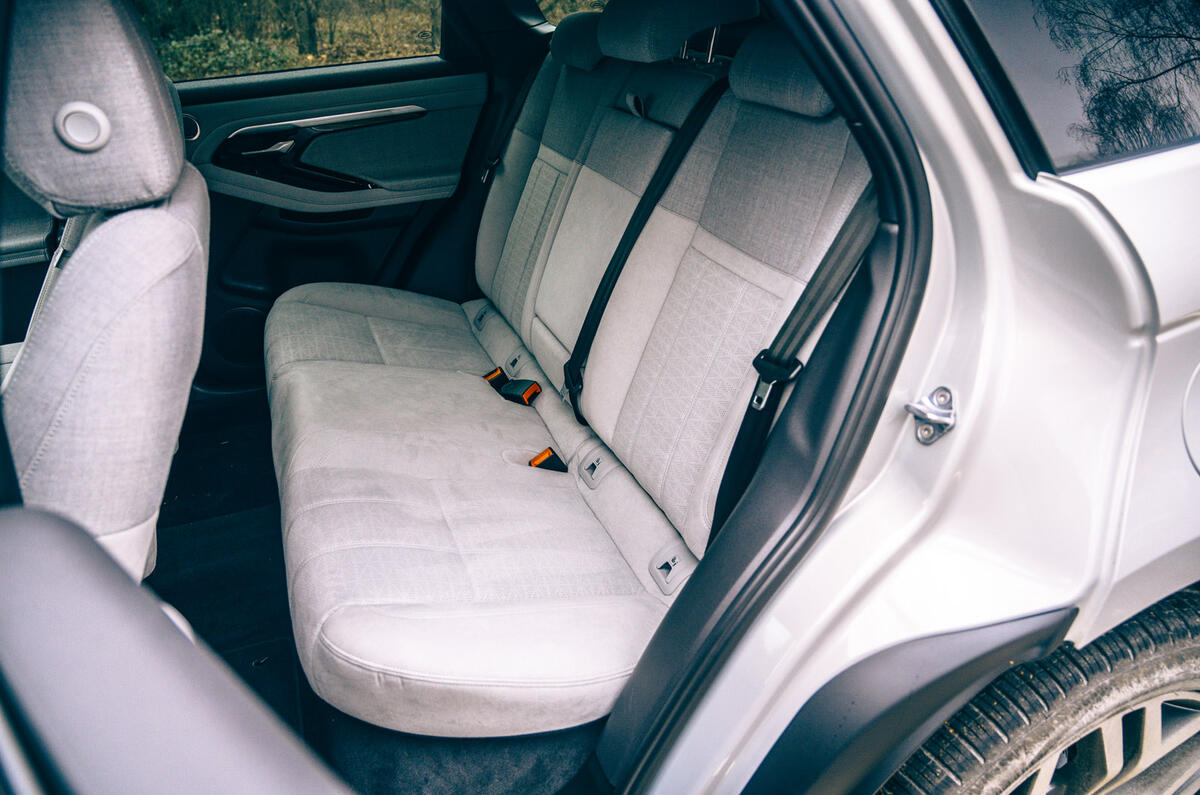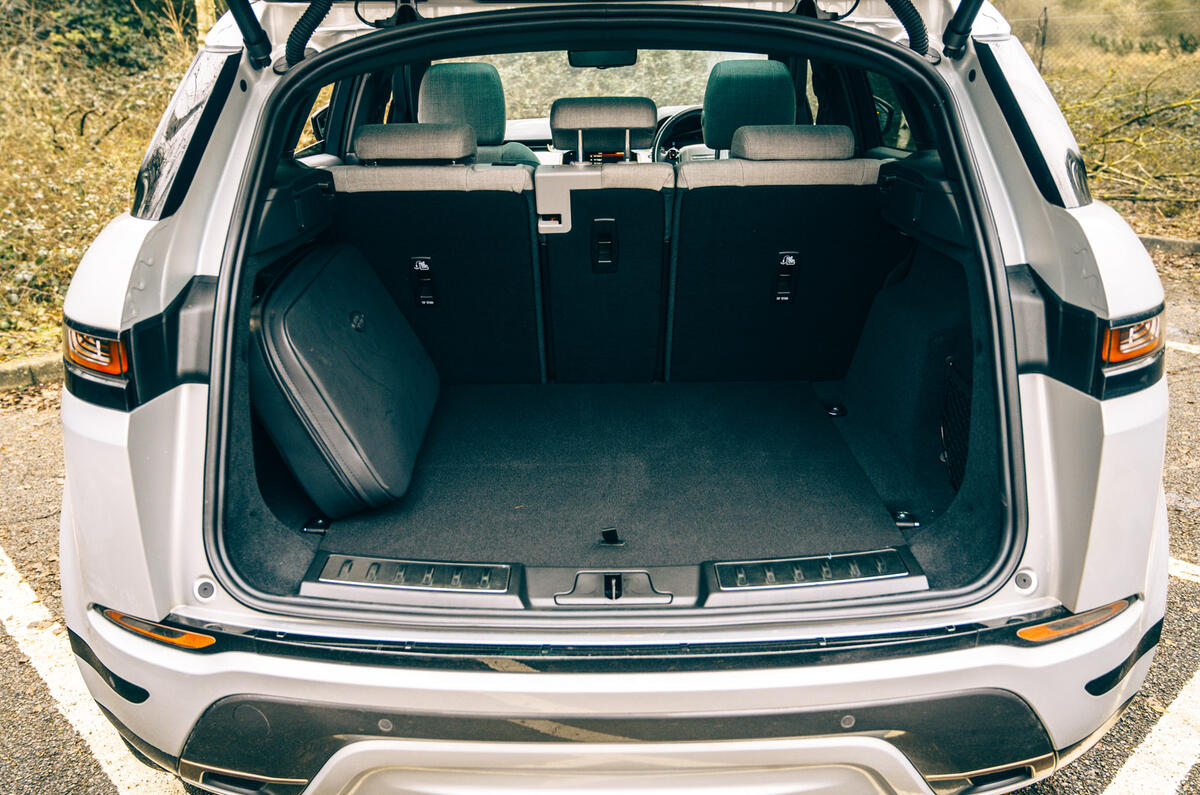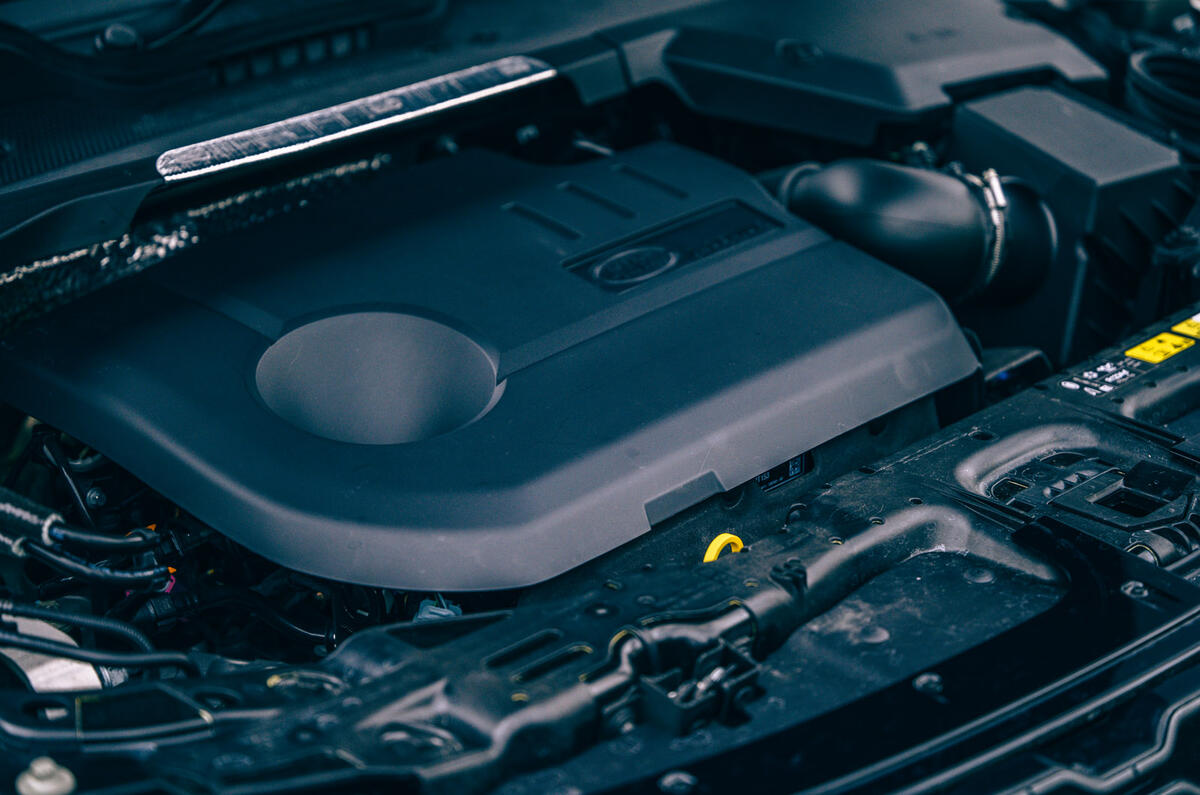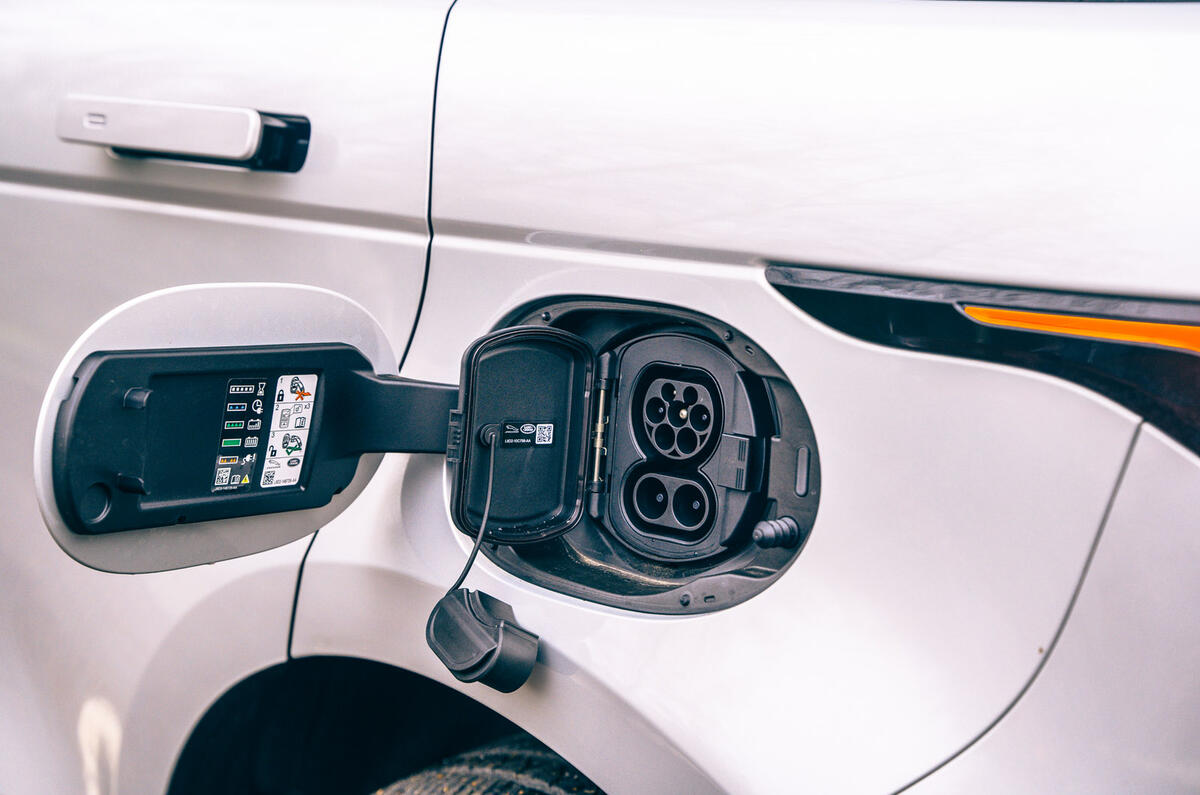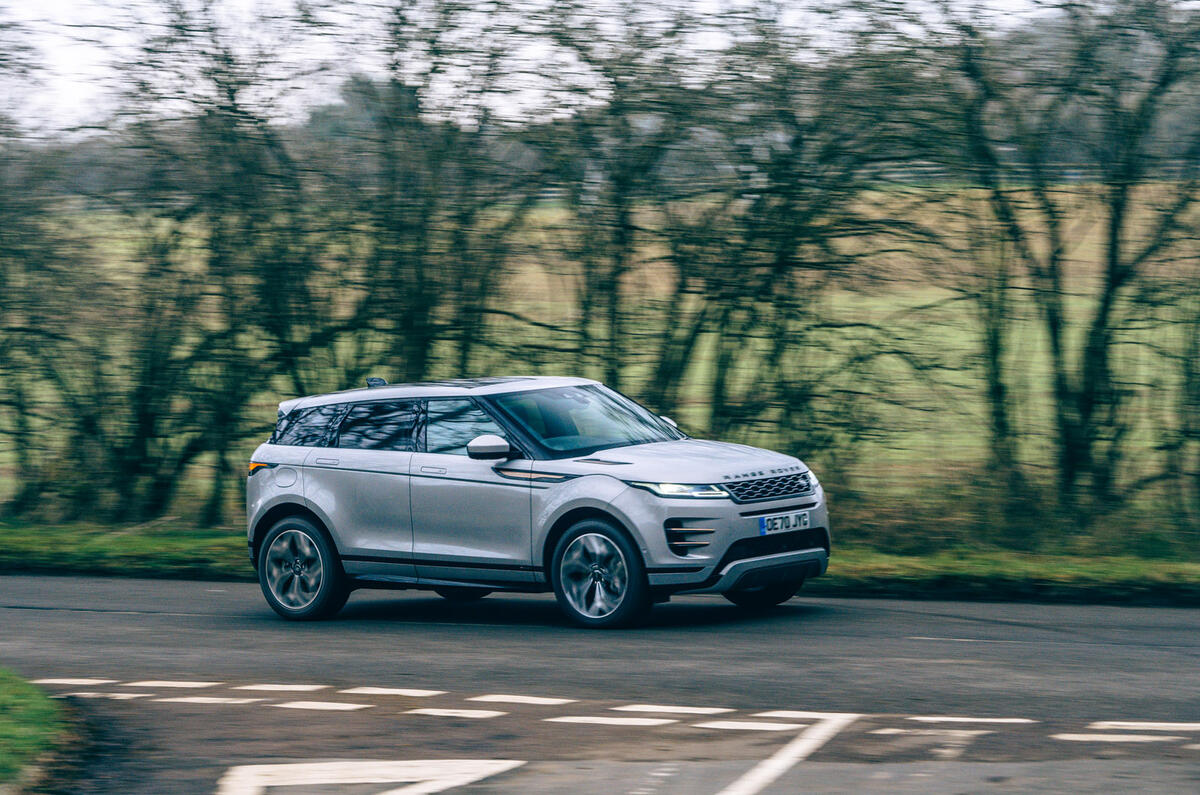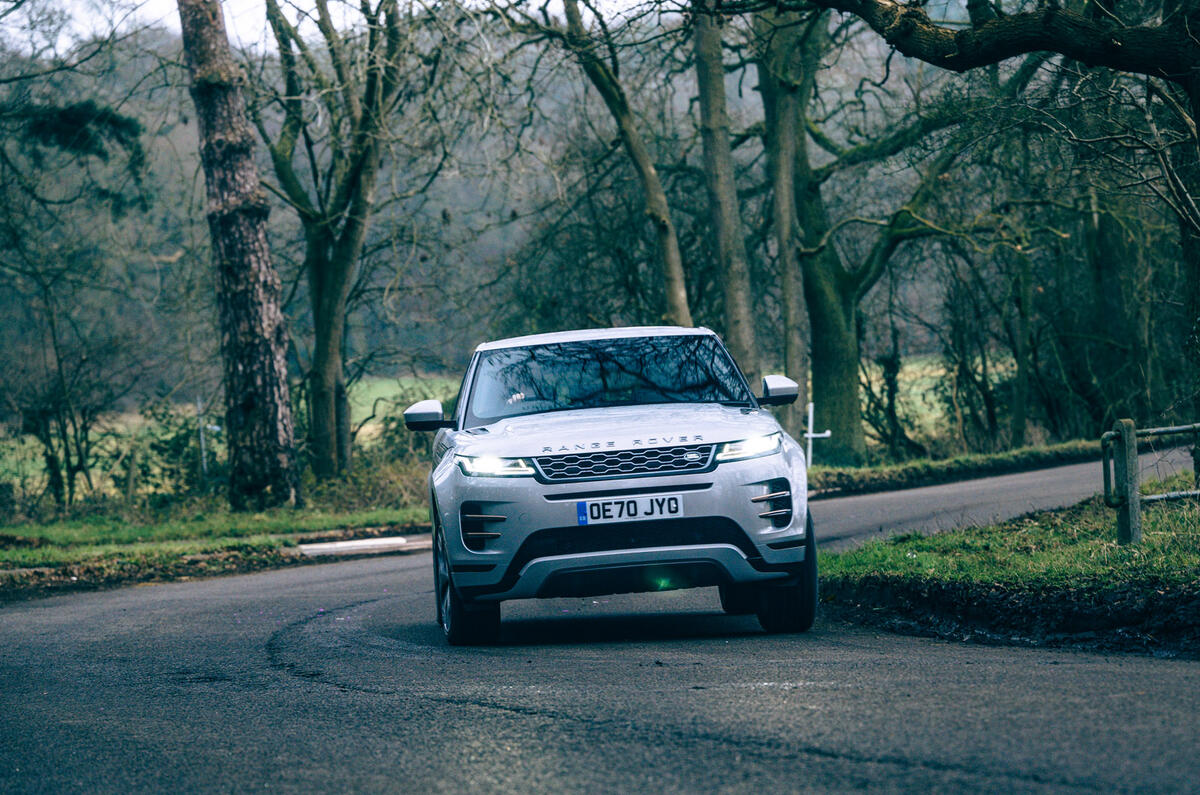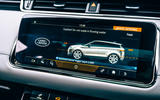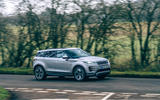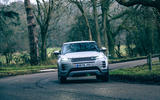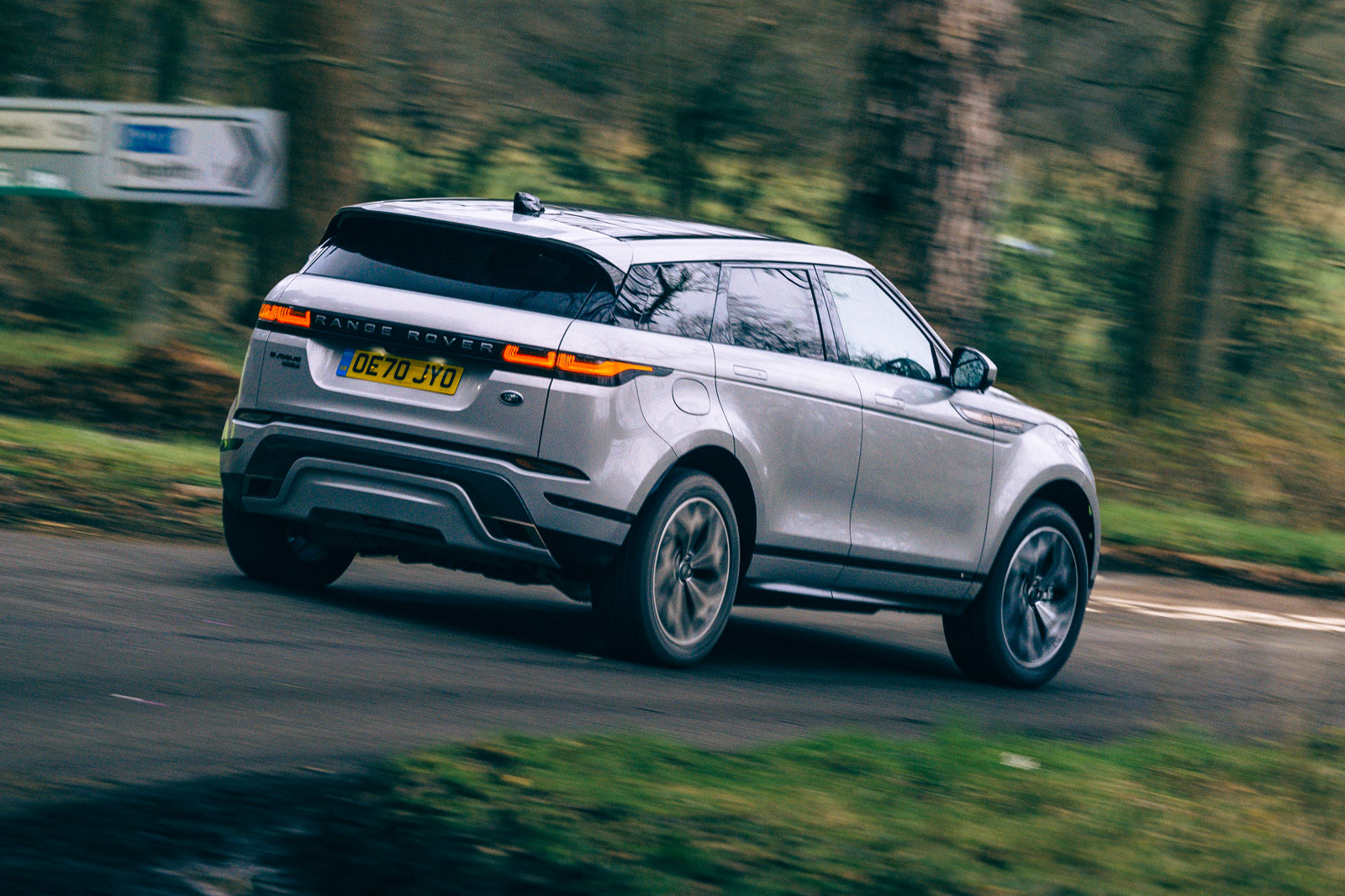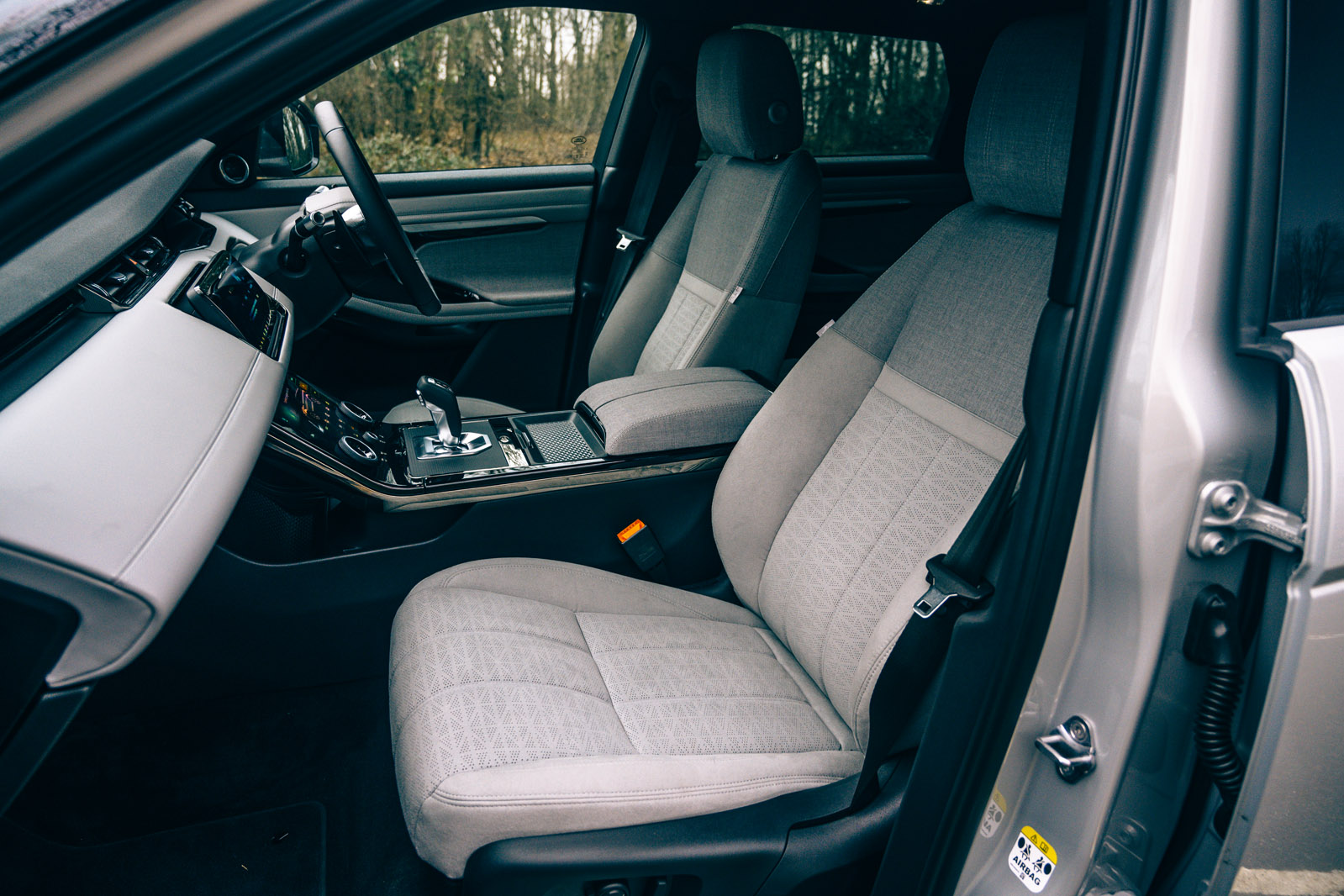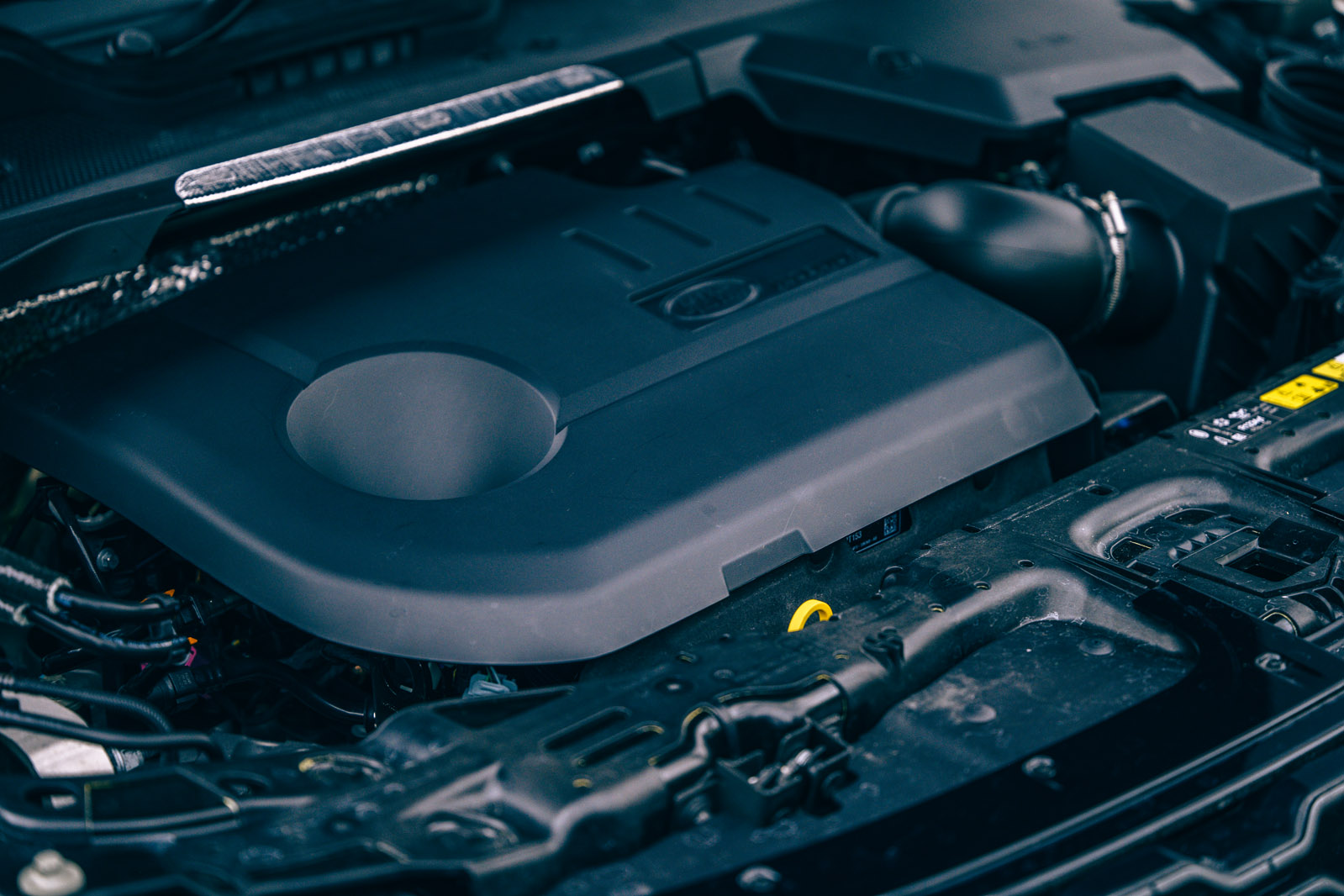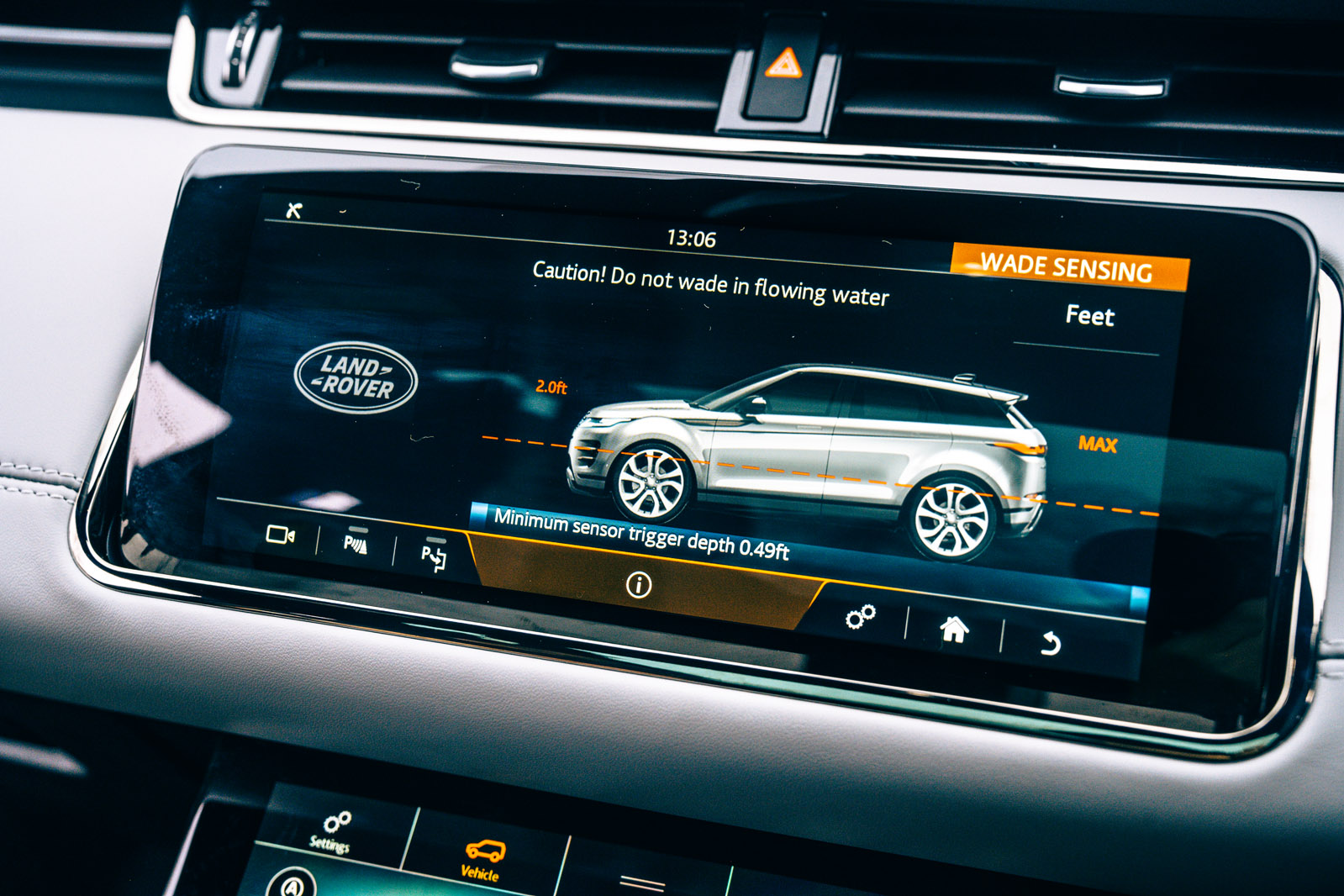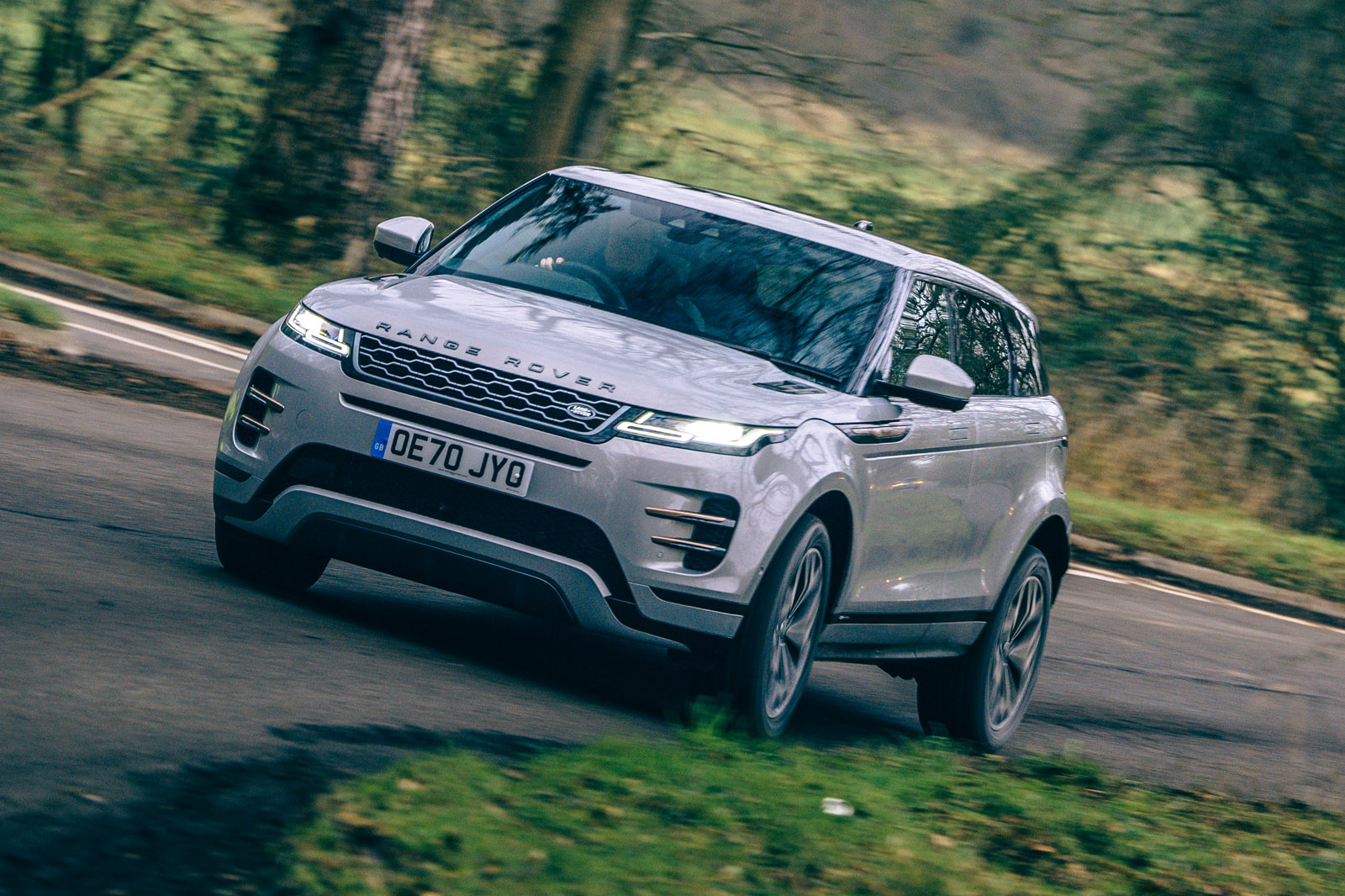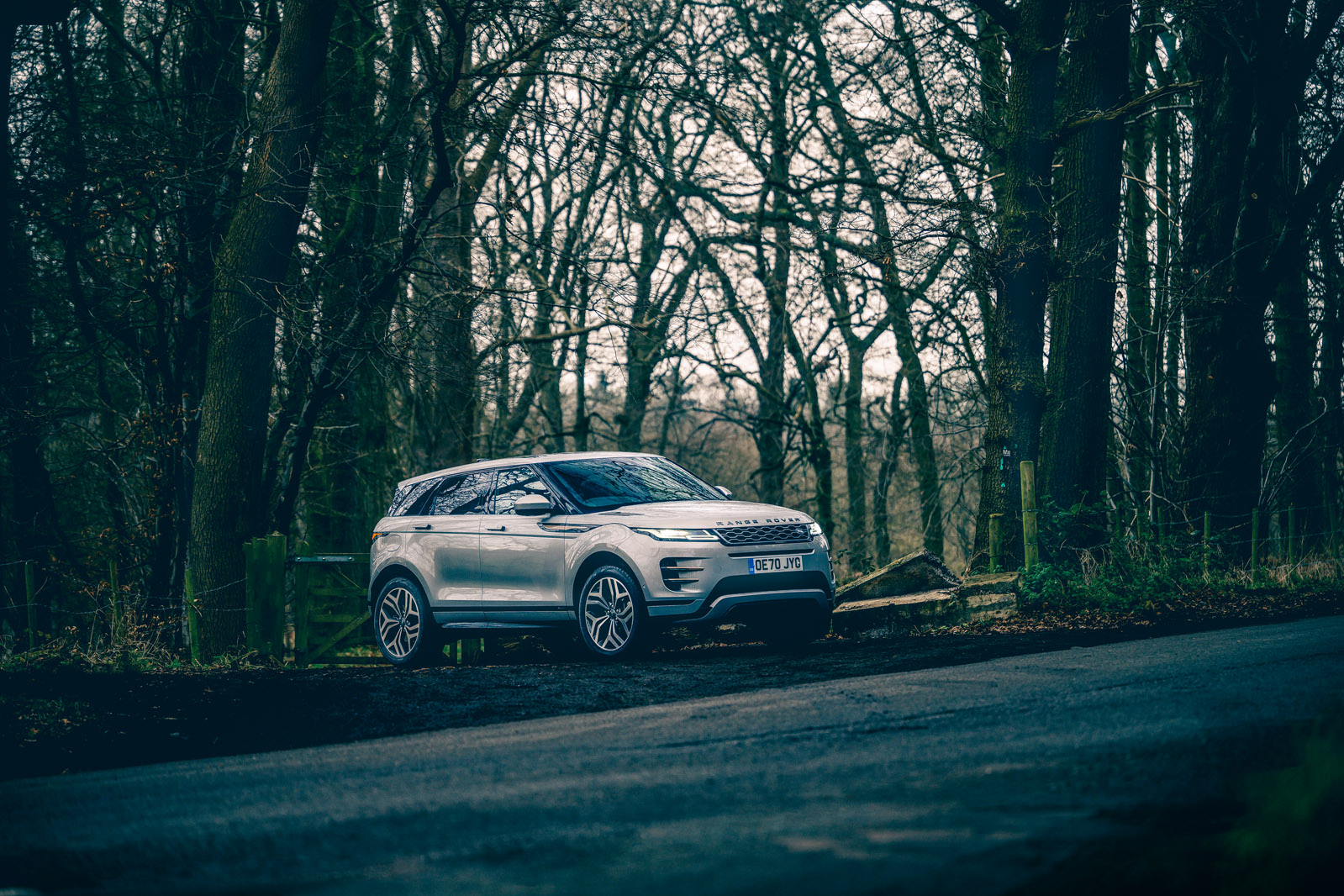Introduced right at the end of 2018, the second-generation Range Rover Evoque has had a busy opening few years on sale.
It received new RDE2-compliant diesel engines in the spring of 2019; and then, in summer 2020, the particular subject of this week’s road test – the P300e plug-in hybrid version – was announced. Shortly after that came a 2021-model-year update for Land Rover's Evoque range as a whole, which added a new infotainment system and active safety technologies, as well as an all-new range-topping Autobiography trim level.
Given that the L551-generation Evoque has yet to have a full Autocar road test of any kind, then, we’ve got plenty of ground to cover this week.
As for what we already know? Well, the car beat up its premium-brand compact SUV rivals pretty conclusively not long after it was introduced, scoring an eye-catching group test win in diesel-engined form. And yet, considering the burden of responsibility this plug-in hybrid version carries to sell in big numbers, to drive down its maker’s sky-high European-market fleet CO2 numbers, and to save Jaguar Land Rover millions in EU emissions fines, the verdict we’re about to give might be an even more important one than any we’ve delivered before on the car.
Land Rover introduced this car as a more refined and manoeuvrable, modern and sustainable, sophisticated Evoque, but one even more capable than its predecessor as well. It has been built on a new platform whose clever packaging is only now becoming fully clear; and as a PHEV, it offers things that plenty of its electrified compact SUV competitors can’t match. Read on to find out exactly what.



